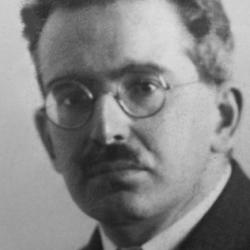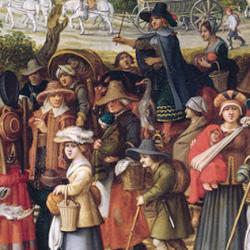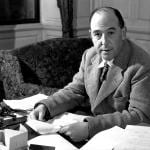Big law is dying says Benjamin Barton in his forthcoming Glass Half Full. In fact, it’s dying four times over. There’s death from above, death from below, death from the state, death from the side.
From above, large law firms have been huge and hugely profitable since the 1980s. It was built, Barton says, on “reputational bonding.” If you’re heading to court to bet the company in a suit, you want the best. And the big firms have established a reputation for being the best. They have also leveraged their reputation into a pursuit of increased profits for an increasing number of lawyers. High prices, though, send corporate clients looking for cheaper options, “pressing for fixed price billing and using insourcing, outsourcing, and computerization for more straightforward legal work.”
Computerization is the killer from below. You still need a lawyer for in-court work, but computerized services are available for many legal procedures, at at a fraction of the cost of hiring a lawyer, especially a lawyer from a big firm. As Barton vividly puts it, “An American with a smartphone now has easier access to legal sources than most lawyers did in the 1980s, let alone the 1880s.”
Barton explains death from the state as “the ways that courts and legislatures have reined in litigation since the 1980s. Tort reform and limitations on class actions, damages, and lawyer’s fees have proliferated. These changes have chased non-specialists from the market and consolidated the remaining work into a smaller group of lawyers.”
The most alarming death is “death from the side. By this, Barton means “the thirty-year decline in small firm and solo practitioner earnings.” While profits and salaries at the big firms have soared, real earnings by solo lawyers or lawyers in small firms have declined (in constant dollars) by 34% since the mid-1980s: “According to I.R.S. data drawn from actual tax returns, the average solo practitioner earned $46,560 in 2010.”As a result, the legal profession is not one profession, but two: The haves and the have-nots. That is if the little guys survive at all: “lawyers at the low end of the market earn so little that it makes more sense to leave the profession and take another job suitable for a college educated adult than to charge even less for individualized legal services.”
The death of Big Law is accompanied by a crisis in legal training: “Between 1987 and 2010, the number of ABA accredited law schools increased from 175 to 200 and total JD enrollment rose from 117,997 to 147,525. Over the same period law school tuition rose over 440% for in-state residents at public institutions and 220% at private institutions. Student debt loads have increased substantially as well.” This couldn’t go on forever, especially when many of the graduates end up making too little to pay back their loans. It hasn’t continues: “In 2013 only 39,675 first year students enrolled in ABA accredited law schools, the lowest number since 1977.” Law schools can lower admission requirements to get more students, but then they risk loss of accreditation. They can hire adjuncts rather than fulltime faculty. But the cost-cutting won’t change the reality that the graduates are entering a field that is already glutted, one that is already dying the several deaths that Barton lays out.
Barton’s title and book, though, are upbeat. The death of Big Law is bad for Big Law and lawyers at the top of the heap. It’s not so bad, and could be positively good, for smaller firms, solo lawyers, and, especially, consumers. The deaths of Big Law will force lawyers to become entrepreneurial. “Whatever else is coming in the future, it seems likely that legal services will be more widely available to more people and businesses at lower prices,” Barton claims. “This trend starts at the top with corporate law firms and bubbles up from the bottom with LegalZoom and other forms providers.”
The law profession itself will get better, as “fewer law students enter law school,” as law students enter the profession with a “more realistic of what lawyers do and what lawyers earn,” and as the fewer more realistic students become “much likelier to enjoy law school and practicing law.” Barton thinks it will be more fun to be a lawyer: “The best of times for Big Law profits has been the worst of times for the lawyers themselves. Big Law has led a boom in both remuneration and misery.” Law schools might change, and new models introduced: “a two year law school program, tiered licensing, more allowances for non-lawyer practice.”
No doubt there are plenty of arguments to be made from the glass-half-or-less-full side. But Barton shows that the legal profession is changing dramatically, and makes a strong case that the deaths of Big Law will be a resurrection for the legal profession.














